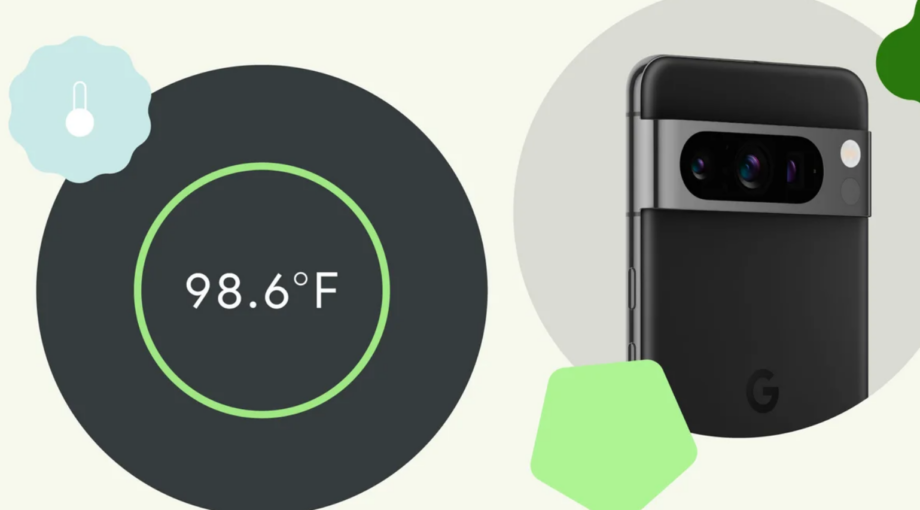How does new Pixel 8 Pro body thermometer work? Google explains

Overnight, Google revealed a new Mint version of the Pixel 8 and a lovely new Feature Drop for its flagship smartphones. Intriguingly, one of those features was a body temperature scanning app.
Thanks to the update, Google Pixel 8 Pro users can scan their forehead (or an under-the-weather loved one’s temp) and receive a temperature reading that’ll be synced back to the Fitbit app. Users can, Google explained, just sweep the rear camera across their forehead without touching it, and receive an accurate reading on the display.
Pixel Fold ‘Like New’ for under half price
Pixel Fold is Google’s first foldable phone and this giffgaff deal represents a great chance to acquire one for a reasonable £849 price. Brand new, it’s £1,749.
- Giffgaff
- New: £1,749
- Like New: £849
Today, in a blog post, Google explained how it built the FDA-approved (the US Food and Drug Administration regulator) temperature sensor and how it works. It starts with an infrared sensor next to the Pixel 8 Pro’s rear camera. We knew this was there already, because it powers the object temperature feature, but it now works on the human body too.
“The Pixel 8 Pro body temperature app accurately measures your temperature by scanning the temporal artery, unlike less accurate forehead thermometers that are pointed at the centre of the forehead. The data from the infrared sensor is passed to an algorithm to calculate the temperature that will be displayed on your device, powered by the Tensor G3 chip. The Pixel 8 Pro’s infrared sensor’s wide field of view (more than 130 degrees) causes it to sense heat beyond the forehead when the phone is too far away from the forehead,” Google says in the blog post.
Google researcher Ravi Narasimhan, who developed a miniaturised version of an infrared temperature sensor that eventually ended up within the Pixel 8 Pro, explained: “It’s basically a big cone that the sensor takes in. Arteries are relatively small, so the closer you are, the more accurate reading you will get.”
Beyond the creation of the sensor, Google says this solution is less conducive to the spread of germs because it doesn’t require the phone to make contact with the forehead, it only requires it to be placed close to it. It achieves this by recruiting the other sensors within the handset.
“We decided to use the LDAF (laser detection autofocus) sensor, which typically powers the autofocus system, to detect if the phone is close enough to a person’s forehead before initiating a measurement,” said Toni Urban, a Pixel product manager.
It’s likely Google wanted to launch this feature when the Pixel 8 Pro arrived back in October but, as the company points out in the blog, it has just received the De Novo approval from the FDA for it to be classed as a medical-grade device.


